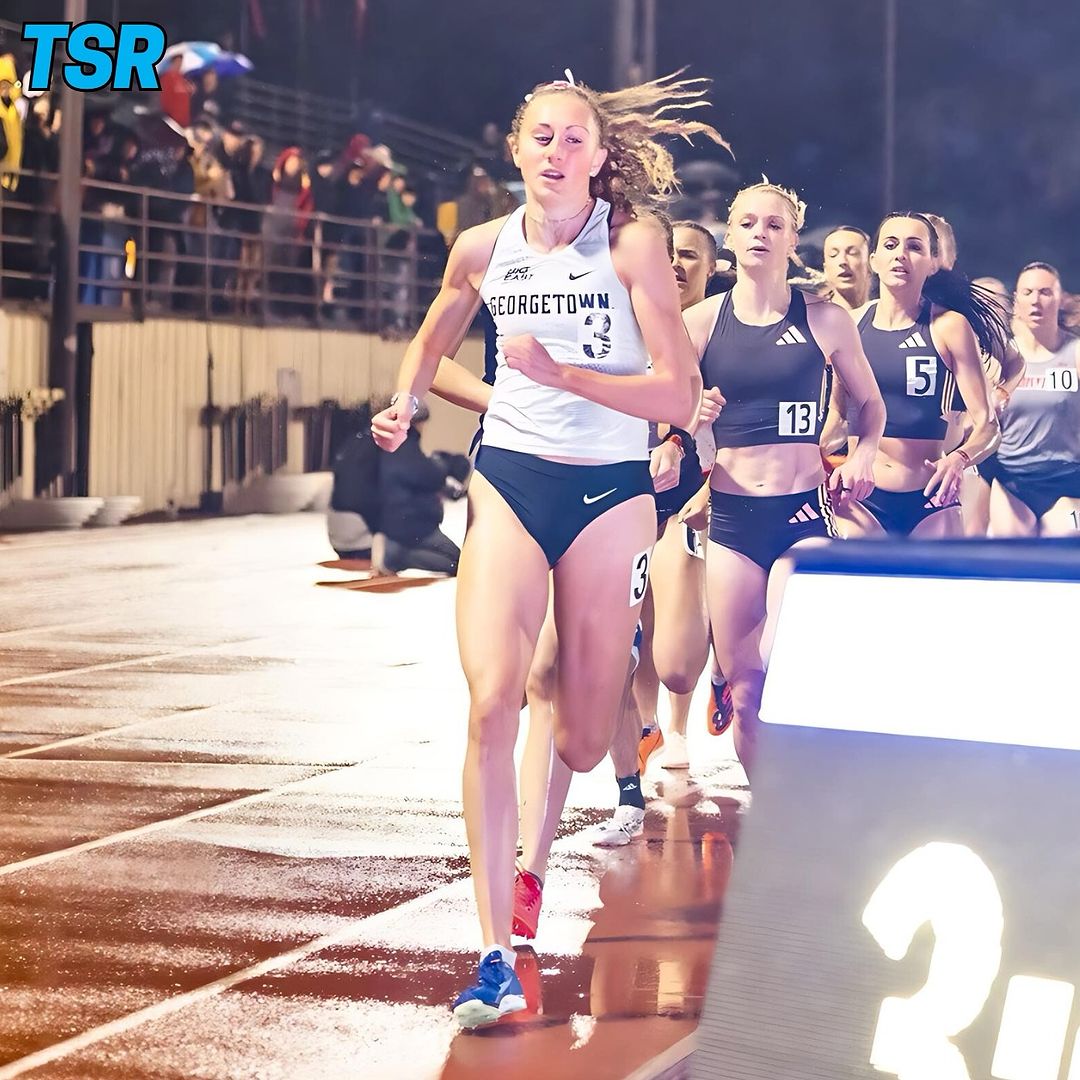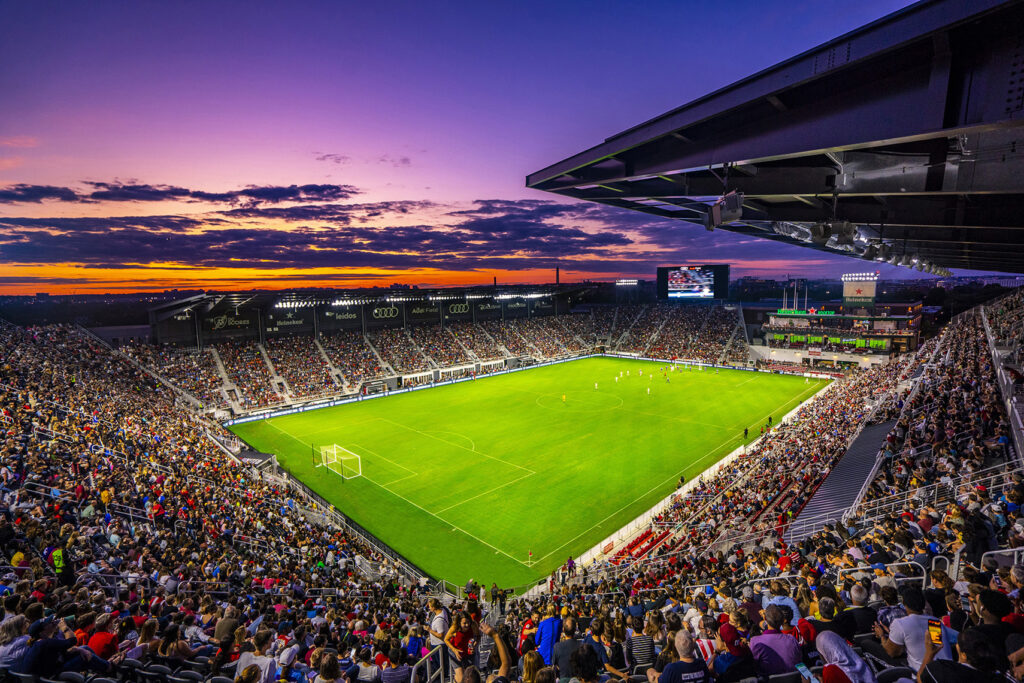Don’t expect to see NHL hockey in October. For the second consecutive year, we enter the fall with a major North American sports league facing a potential lockout.
It’s been a repeating narrative in pro sports, as leagues — inevitably adopt a salary cap and then struggle to maintain an equitable balance between parity and competition. The last time there was a National Hockey League lockout, owners were coping with cost overruns and spiraling losses.
This time, though, the NHL is enjoying prosperity like never before. In seven years, revenues have risen from roughly $2.2 billion to $3.3 billion, and the average team now makes between $7 million and $12 million per season. So why the pessimism?
Well, unfortunately, the “average team” is not representative of the current financial dynamic of hockey in North America. For the top dozen or so teams, all is well. Not so for the others.
The Toronto Maple Leafs, New York Rangers and Montreal Canadiens — the three most profitable NHL franchises — keep over $250 million of the NHL’s $280 million profit margin, leaving slim pickings for the other 27 teams, many of which lose money every year.
The most obvious solution to this problem is to increase revenue sharing, which currently redistributes only about 7 percent of the top teams’ earnings. Major League Baseball, for one, uses extensive revenue sharing to keep small-market teams afloat.
There are, however, serious shortcomings to the system used in baseball. The Miami Marlins, owned by infamous cash-grabbers Jeffrey Loria and David Samson, conducted gigantic fire sales following their two improbable World Series wins in 1997 and 2003 in order to collect windfalls from revenue sharing rules.
The good news is that the Marlins are now a profitable franchise. The bad news is that they make nearly four times as much from revenue sharing and the MLB central fund as from ticket sales. With too much revenue sharing, a league is disincentivizing the very parity it’s attempting to create.
In hockey, though, this dynamic has yet to appear. Instead, only seven years after robbing the players blind in collective bargaining agreement negotiations, the owners are going back for seconds. This time, they want a significant reduction in the players’ piece of the revenue pie, as well as limiting contract terms.
The general consensus is that, unlike in 2004, Executive Director Donald Fehr and his NHL Players’ Association are the good guys, while NHL Commissioner Gary Bettman and the team owners are the greedy villains.
Fehr has said that the players are willing to start the season under the terms of the previous CBA; Bettman says he’ll lock out the players unless they agree to his terms. Most see the players as more open to compromise than either extreme. In reality, though, the positions both men have taken are simply indicative of the type of deal each one seeks.
The players have already accepted that their share of revenue will be cut, so they would clearly be willing to play under the old high-salary system. Meanwhile, if the owners agree to play under the old CBA, they lose all bargaining power. What incentive do the players have to cave if they can just play under an agreement that suits them indefinitely?
The owners also seem hypocritical. This summer, Minnesota owner Craig Leipold gave out identical 13-year, $98 million contracts to free agents Zach Parise and Ryan Suter, and Philadelphia boss Ed Snider threw a 14-year, $110 million offer sheet at Nashville’s Shea Weber. This was all while attempting to convince players and fans that contract lengths should be capped and salaries decreased.
According to Kelly McParland of Canada’s National Post, “[Owners] want the players to accept rules that restrict their bargaining power, because the owners know they lack the resolve to protect their own finances.”
The problem with this argument is that it seems to bestow upon owners a responsibility to make decisions that are first and foremost morally right, rather than ones that are simply in the best interests of their franchises.
Sure, Minnesota could have said no to the top two free agents on the market, settling for mediocrity in the coming years and continuing to struggle selling tickets. But that would just mean that another general manager would have given out the same deals, and the league would be in no better shape. Of course, all owners could have just agreed to give the pair no more than five years and, say, $40 million. Oh, wait — they couldn’t have; that would have been collusion.
Ultimately, painting good guys and bad guys when it comes to labor negotiations is a pointless exercise. When we’re talking about hundreds of millions of dollars, people are (understandably) greedy, and people want what’s best for themselves. The owners will try to push the players as far as they’re willing to go, and the players will call their bluff as long as they can.
Commissioner Bettman — who doesn’t seem worried about a lost season — has even said, “We recovered well last time because we have the world’s greatest fans.” We may be in for quite the wait, so let’s hope he’s right.
Arik Parnass is a sophomore in the College. CANDID CANADIAN appears every Tuesday.








